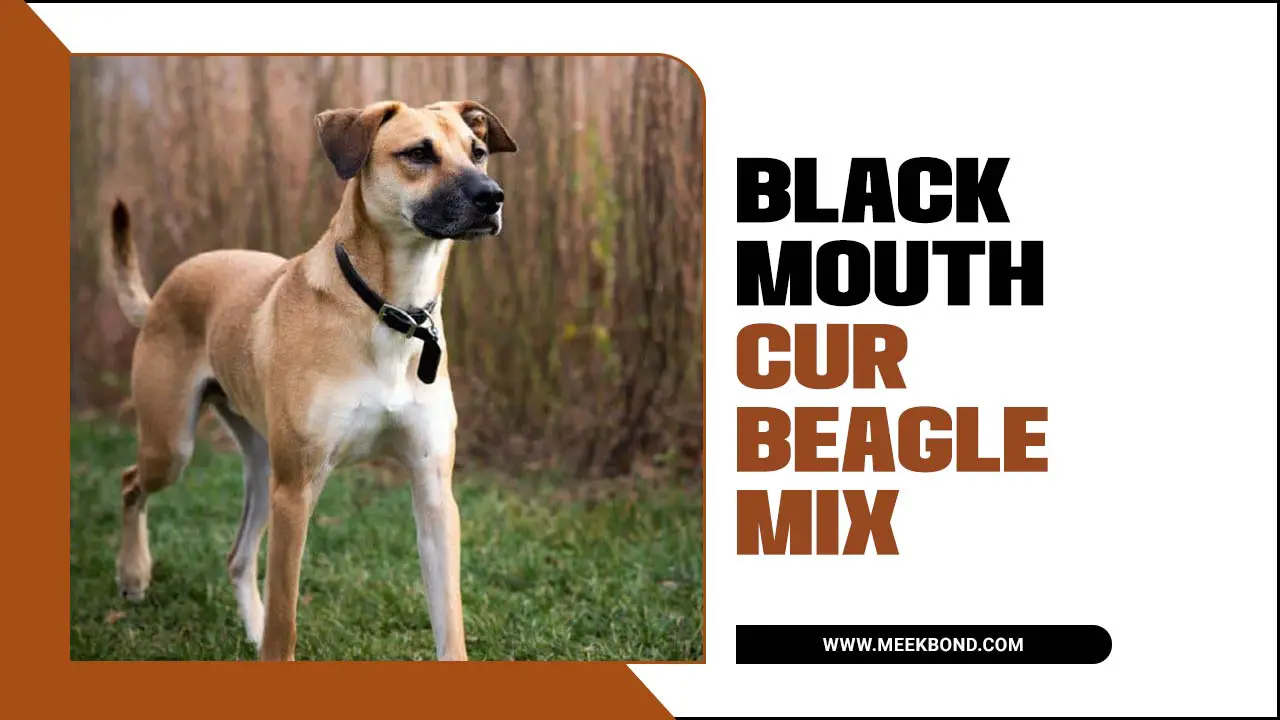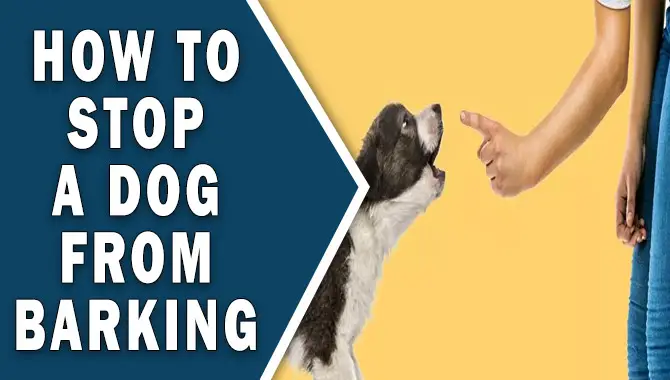Introducing new foods and diets to your dog can be a fun and exciting adventure. But it’s important to be patient and take things slow. Please don’t force your dog to eat anything they don’t want.
As this could lead to digestive issues or even injury. Introducing new foods and diets to your dog can be difficult. Especially if the food or diet is different from what he’s usually eating. Some dogs might not like the new food or diet, so it’s up to you to determine how often they’re fed.
They could develop diarrhoea or have nutritional deficiencies if they’re not getting enough food. Introducing new foods and diets to your dog should ideally be done gradually to see if the dog tolerates it well. We’ll tell you how to introduce new foods and diets to your dog. And you’ll know how long you must wait before feeding him.
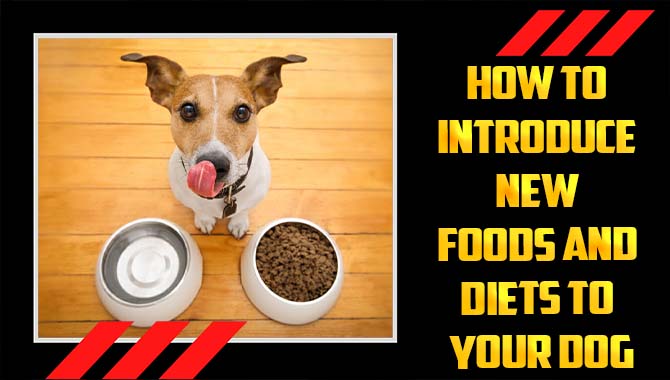
How Do You Introduce A New Diet To A Dog?
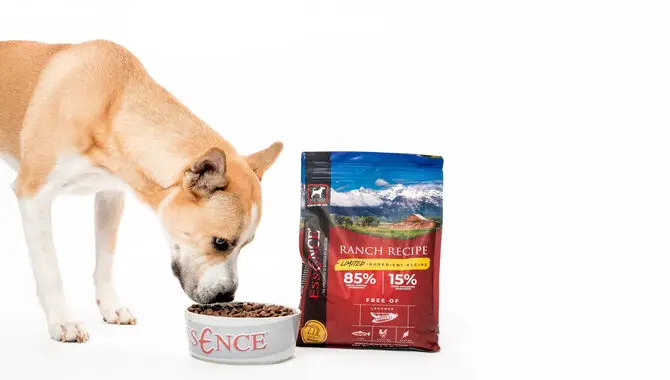
Introducing new foods and diets to your dog is important in helping them maintain a healthy weight and overall well-being. You can do it in various ways, including organic or home-cooked meals, kibble, or treats.
It’s also a good idea to establish a relationship with your veterinarian, who can guide healthy diet options for your dog. Together, you can determine what is best for your dog and make any necessary adjustments to the diet as needed.
Varying the types and amounts of food available will help prevent boredom, which can lead to overeating and obesity. A well-balanced diet that includes protein sources (such as meat or poultry) . And healthy fats (such as those found in nuts, seeds, or fatty fish) will meet your dog’s nutritional needs.
5 Ways To Introduce New Foods And Diets To Your Dog
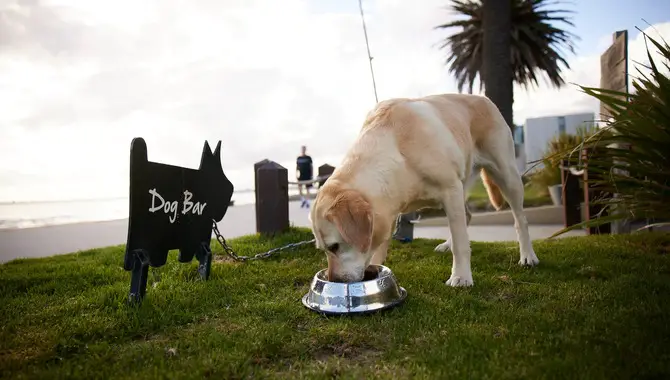
Introducing new foods and diets to your dog can be daunting, but it’s well worth the effort. Choosing the right food and a proper diet will ensure your dog gets the nutrition they need. In addition, finding the right recipe for cooking new foods can help you avoid giving your furry friend any unwanted additives. Here are five ways to introduce new foods and diets to your dog:
1. Start Small And Slow

Introducing new foods and diets to your dog can be a great way to keep them healthy and happy. Start small and slow with some treats, kibble. Or canned food, and work your way up to more advanced options such as rawhide, fresh meat, or homemade meals. Always stick to the age-specific feeding guidelines recommended by the manufacturer of your food.
Finally, pay attention to signs of upset or discomfort, such as poor appetite, diarrhea, excessive scratching, difficulty walking, or vomiting. If you notice these issues in your dog, it is best to consult a vet before drastically changing their diet.
2. Use A Variety Of Recipes
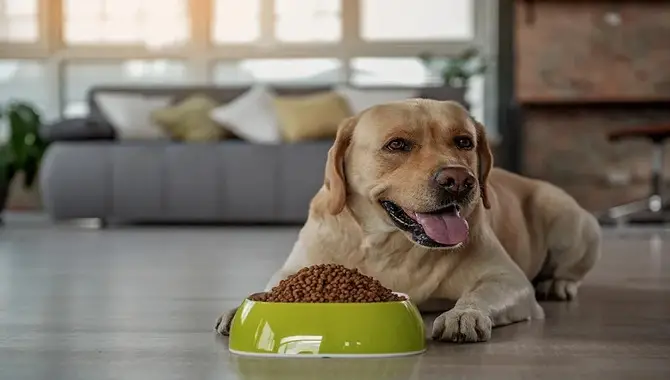
One of the best ways to introduce new foods and diets to your dog is by using a variety of recipes. You can find recipes on websites, books, and pet food manufacturers’ manuals. Different recipes will cater to the different tastes of pets. You can also use your creativity to come up with your recipes.
The most important thing is to read the recipe thoroughly before cooking it for your dog. Look for ingredients suitable for your and your dog’s diet. Some recipes may call for certain spices, seasonings, or other ingredients you must adjust according to personal taste and preferences.
3. Don’t Give Up If He Doesn’t Seem Interested
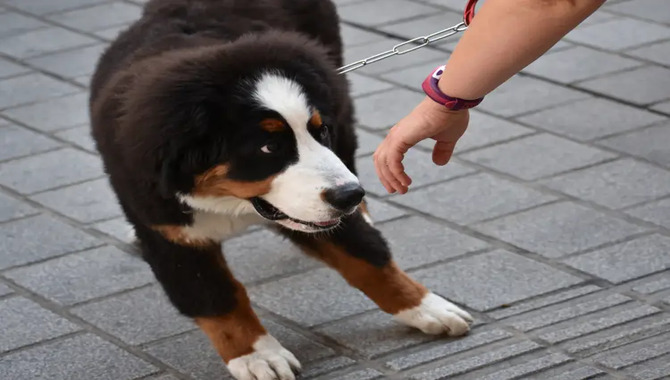
If your dog seems to be interested in something other than trying new foods or diets, don’t panic. Please don’t force it, and don’t get mad at him. Instead, give him some time. Allow him to try the new food slowly and see if he becomes more interested.
If not, consider trying a different brand or type of food or switching to a better diet for his health. It may take some time for your dog to get used to new foods, but with patience and consistency, he’ll learn to love them and eat them happily every day.
4. Don’t Overcomplicate
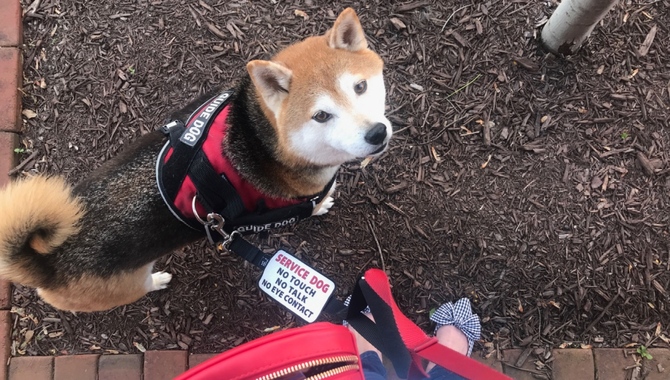
Introducing new foods and diets to your dog can be fun and exciting, but you must keep the process simple. Overcomplicating can lead to negative associations with new foods or diets, which can cause behavioral issues or health issues for your dog.
Instead, focus on gradual introductions that start with small quantities of a new food or diet and move forward from there. Please don’t force your dog to eat something they aren’t yet ready for. And remember to always consult with a veterinarian before making any changes to your dog’s diet or raising them on the new food.
5. Use Moderation
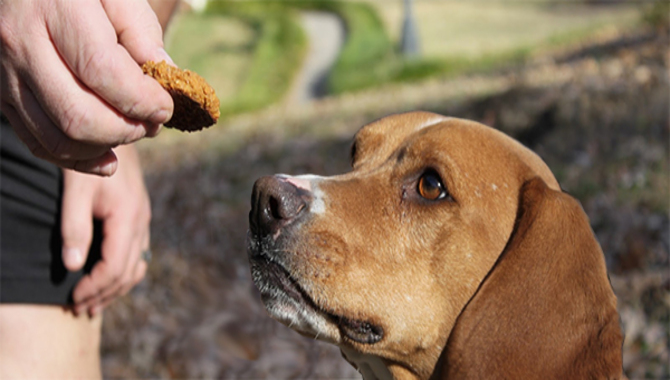
When introducing new foods or diets to your dog, it is essential to use moderation and patience. It can take time for your dog to adapt to new food options and it may exhibit symptoms such as diarrhea or nausea. These can indicate that the diet needs to be modified and should be discussed with a veterinarian.
Please pay attention to your dog’s body language when determining whether the diet’s ingredients suit them. If your dog appears uncomfortable or has diarrhea after eating the new food, consider modifying the recipe or offering another treat.
It is also important to refrain from forcing or pressuring your dog into eating a new diet if they do not seem interested in it. Give them time and patience; they will eventually accept and thrive on the new diet.
The Best Time To Introduce New Foods And Diets To A Dog
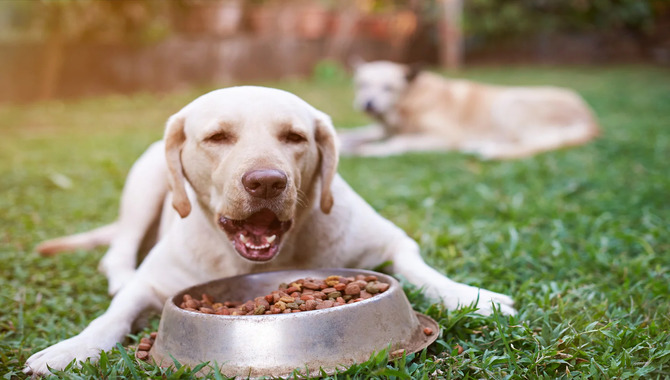
The best time to introduce new food and diets to a dog is over six to seven days. The gradual transition process should start by mixing 25% of the new food with the old food for the first three days and 50% for the next three days. This way, your dog can gradually get used to the new food. After three weeks, you can completely switch from old to new food. In this way, your dog will be able to understand dietary changes.
However, feeding your dog strictly on its new diet should not be done immediately after switching over, as it would result in diarrhea. You should also monitor your dog’s appetite and stool quality during the transition period for any change in symptoms. If anything abnormal arises during this period, consult a veterinarian to find out the underlying cause of it.
Before Introducing Your Dog To A New Food Or Diet, How Long Should You Wait?
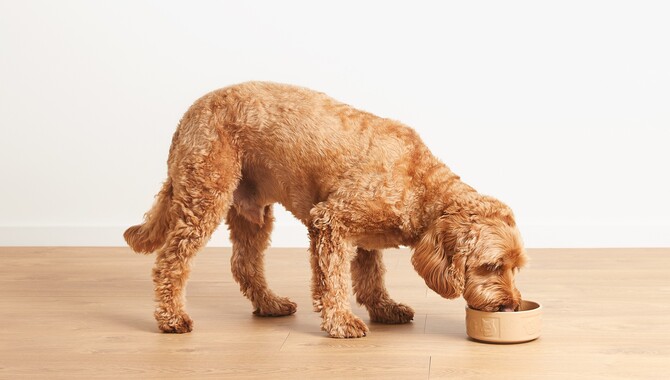
When switching your dog to a new food or diet, it’s best to do so gradually over seven to ten days. Start by replacing 25% of your dog’s normal food with the new food or diet and slowly increase the amount of new food or diet up to 50% over one week.
It’s also important to transition your dog gradually to the new food or diet so that he doesn’t become sick or develop adverse outcomes. When changing brands or types of food, it’s best to make small changes over a couple of weeks instead of making large changes all at once. This way, your dog doesn’t experience an abrupt change in his diet and can adjust easily.
What Are The Benefits Of Introducing New Foods And Diets To Your Dog?
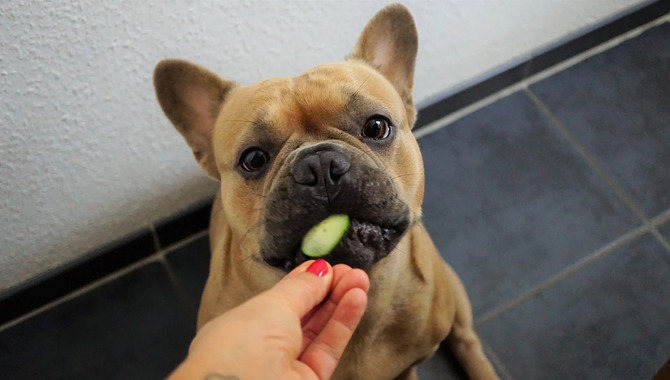
Introducing new foods and diets to your dog can provide many benefits, including maintaining their health and well-being, supporting their optimal emotional and physical health, and enriching their lives. You can support your dog’s overall health and well-being by encouraging the consumption of various healthy and nutritious foods.
In addition, introducing them to new foods can help them develop an appetite for new experiences and challenges. It can also be a bonding experience as you watch them try something new together. Finally, by enriching your dog’s diet with various nutrients and vitamins, you are helping to maintain their overall good health.
Conclusion
Introducing new food and diet options to your dog is a way of helping them adapt to changes in their environment. However, it’s best to do so gradually, as dogs can be sensitive to sudden dietary changes. It might take some time for your dog to adjust to the new food or diet, but the benefits are long-term.
Besides, feeding the food or diet, you’re introducing to your dog will help you maintain a balanced nutrition plan. So go ahead and introduce those new foods and diets to your dog.
Introducing new foods and diets to your dog can be a challenging process. However, following these simple steps ensures your dog can adapt smoothly to the changes. Gradually introducing new foods and diets to your dog over time will help your dog become more resistant to cravings and develop a healthy diet for their needs.
Frequently Asked Questions
How Long Does It Take A Dog To Adjust To A New Diet?
It usually takes a dog about 7-10 days to adjust to a new diet. During the first week, mix the old food with the new food and feed it to your dog for 5 days. After 4 days, if the pet is looking good, eating the food willingly, and has normal stools, feed 25% old food and 75% new food for days 5 and 6. On day 7, feed 100% new food.
What If My Dog Doesn’t Like The New Food?
Introducing new foods and diets to your dog can be challenging but worthwhile. If your dog doesn’t like the new food, don’t get discouraged! Just keep trying until you find one that he likes. There are many dog options; it just takes patience and research to find what works for your dog. Keep going with the new food.
When Should I Consider Changing My Dog’s Diet?
When you should consider changing your dog’s diet can depend on various factors. However, some general guidelines to follow include the following: When your dog moves into a new life stage (puppy, adult, senior).
If your dog is pregnant or has an illness or condition requiring added nutrition.
When researching new dog foods or after talking to your veterinarian.
Change your dog’s food gradually over a week, mixing 25% of the new food with the old for the first 3 days and then gradually increasing the new food.
Watch for changes in appetite or stool quality when introducing a new food.
What Is The Best Dog Food Diet To Mitigate Dog Arthritis Symptoms?
For a dog suffering from arthritis, one of the first things you’ll want to do is find a diet that alleviates the symptoms. For example, certain proteins can be inflammatory for joints and should be avoided.
Choosing a diet high in healthy proteins and low in inflammatory ones can help your dog’s joints stay healthy and pain-free. Another important aspect of a good diet for arthritis is providing adequate amounts of essential minerals and vitamins, which can help limit damage to your pet’s joints.
How Can I Teach My Dog To Like A New Food Or Diet?
To teach your dog to like a new food or diet, start by gradually introducing new foods to them over a week for optimal digestion. Start by replacing 25% of your dog’s normal food, then move to 50%, then 75% over 7 – 10 days. Change their food over a few weeks, not suddenly, to avoid stomach upsets or diarrhea.

Aquarium passion is all about connecting with the aquatic life and providing education to the public on the importance of these creatures. We showcase a wide variety of marine life through our exhibits as well as working with schools to provide unique learning opportunities for students of all ages.

